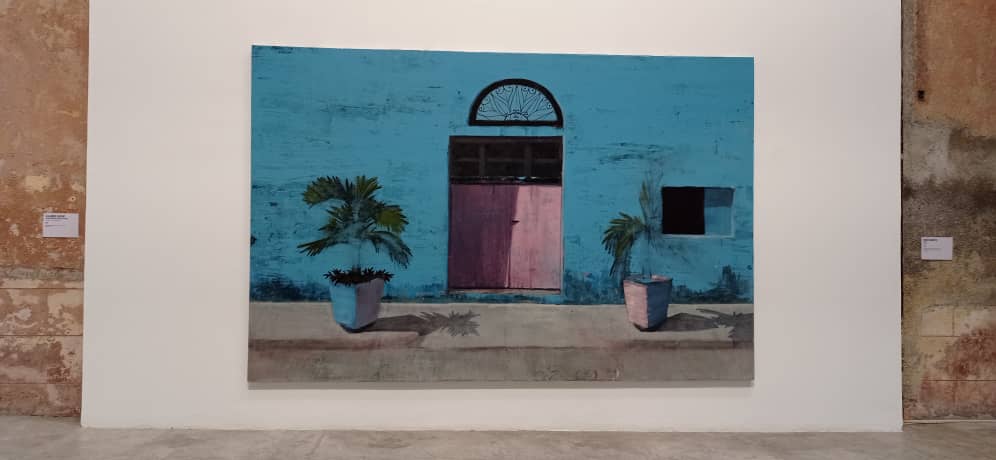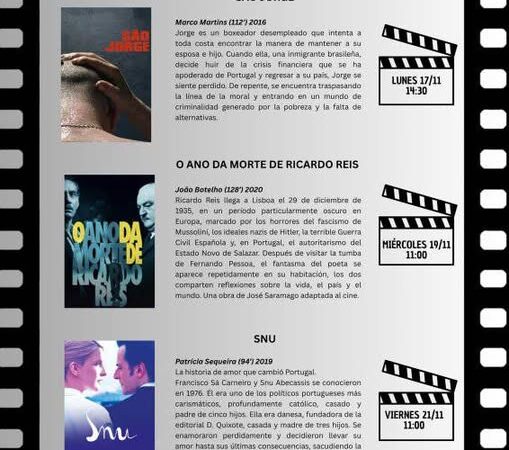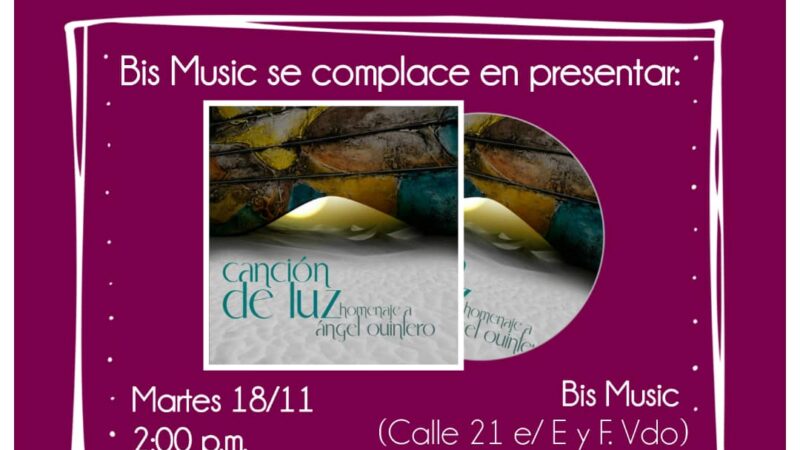Art Without Borders
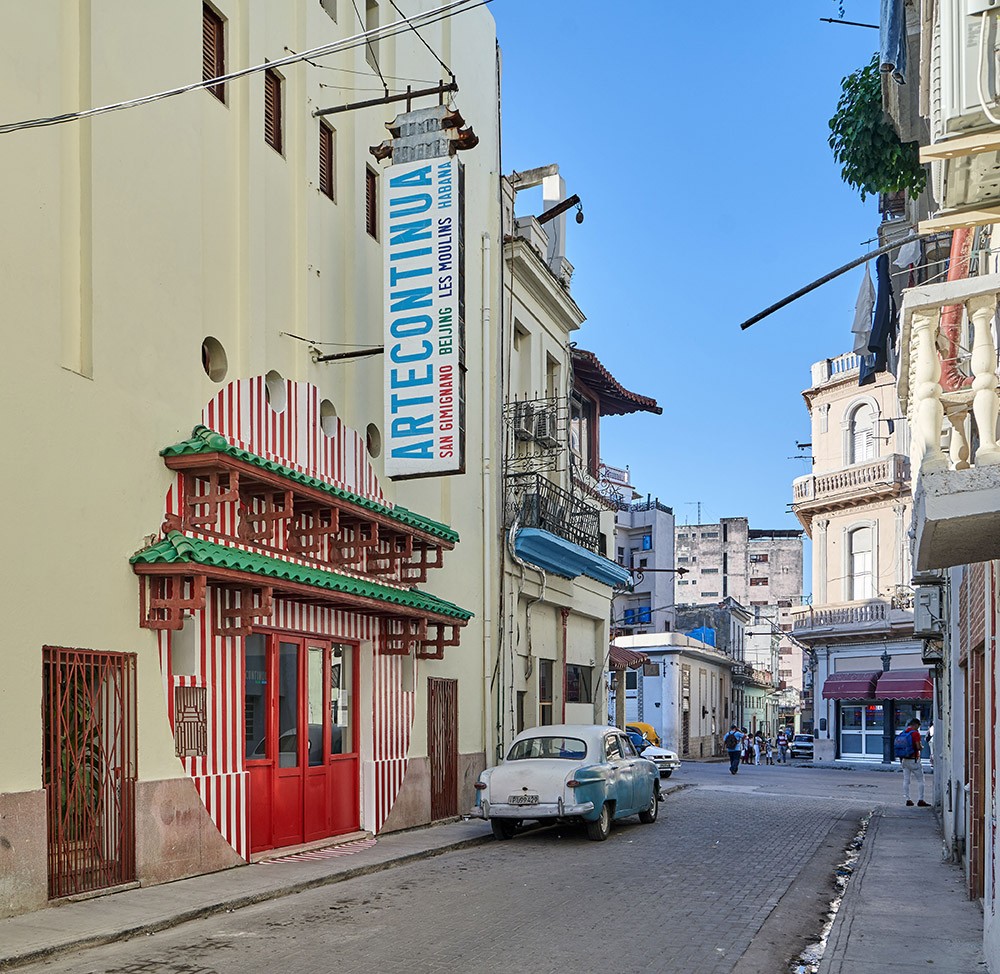
It has been ten years since Galleria Continua became the first international contemporary art gallery to establish a permanent presence in Cuba. Founded by Mario Cristiani, Lorenzo Fiaschi, and Maurizio Rigillo, the gallery has consistently reaffirmed its commitment to building bridges between cultures and generations through art.
Located in Havana’s vibrant Chinatown district, Galleria Continua occupies the former Águila de Oro cinema at calle Rayo 108, entre Zanja y Dragones. From this historic venue, the gallery continues its mission to connect cultural legacies, just as it does at its other locations in San Gimignano, Rome, Beijing, Paris, Les Moulins, São Paulo, and Havana—by fostering dialogue between Cuba’s rich heritage and its ever-evolving contemporary art scene.

The gallery represents several Cuban artists, beginning with Carlos Garaicoa, a pivotal figure in promoting cultural exchange through his Artista x Artista program, which supports artist residencies and international collaborations. Over time, the gallery has expanded its local representation to include internationally recognized names such as Alejandro Campins, Yoan Capote, Iván Capote, Elizabet Cerviño, Osvaldo González, José Mesías, Luis López-Chávez, Susana Pilar, and José Yaque.
As a tribute to its enduring relationship with Cuba, the gallery is currently presenting the group exhibition La capacidad de soñar, featuring works by 40 artists from across the Cuban archipelago—both emerging and established, based on the island or abroad. The exhibition highlights the richness and vitality of Cuba’s contemporary art scene and is part of a broader narrative initiated at other Galleria Continua locations under the same title.
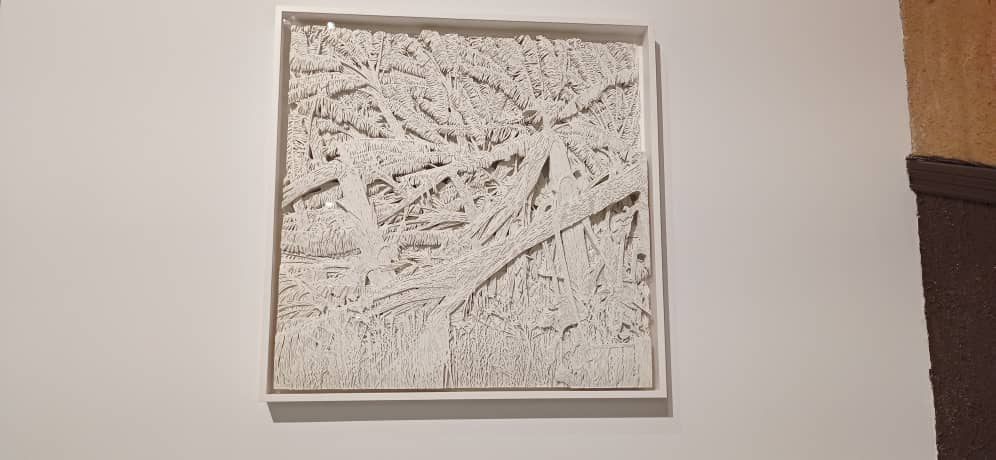
The show includes works by Juan Carlos Alom, Balada Tropical, Abel Barroso, Pilar Delahante, Jenny Feal, Carlos Garaicoa, Flavio Garciandía, Wilfredo Prieto, René Francisco, Michel Pérez Pollo, Raúl Cordero, Adriana Contino, Laura Carralero, Luis López-Chávez, Alex Hernández, Yaima Carrazana, Orestes Hernández, Reynier Leyva, Rocío García, and many others.
This celebration in Havana follows the gallery’s 15th anniversary in Beijing, marked earlier this year, and precedes the 35th anniversary of its founding in San Gimignano, which will be commemorated in September with solo exhibitions by Yoan Capote and Alicja Kwade, alongside a group show. These milestones underscore Galleria Continua’s pioneering role as a global destination for contemporary art.
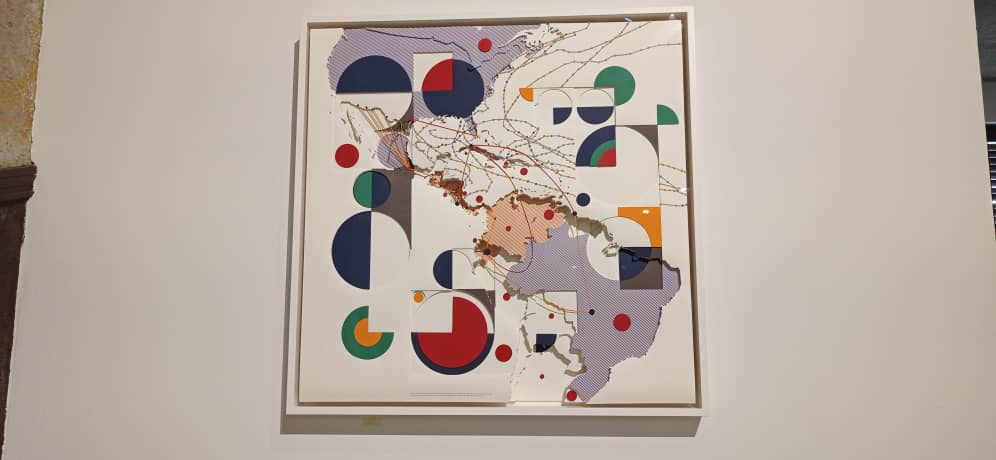
Origins and Presence in Cuba
Founded in the Tuscan town of San Gimignano, Galleria Continua has always sought to create continuity across time, revaluing the connection between past, present, and future, and to play an active role in the unfolding of art history. Over more than three decades, it has developed a strong and recognizable identity, open to major artistic themes and committed to cross-cultural dialogue. Its global spaces are designed to encourage exchange and encounter, offering a vision of beauty that is pluralistic, joyful, cosmopolitan, and generous.
One of the gallery’s most iconic moments in Cuba occurred on December 16, 2014, when artist Michelangelo Pistoletto created his symbol of the Third Paradise on the sea, just off the coast of Havana. This poetic action, carried out in collaboration with curator Laura Salas Redondo, artist Alexis Leyva Machado (Kcho), and local fishermen, symbolized renewal and the balance between nature and society. Remarkably, the very next day—December 17—the governments of Cuba and the United States announced the historic re-establishment of diplomatic relations after more than fifty years of tension.
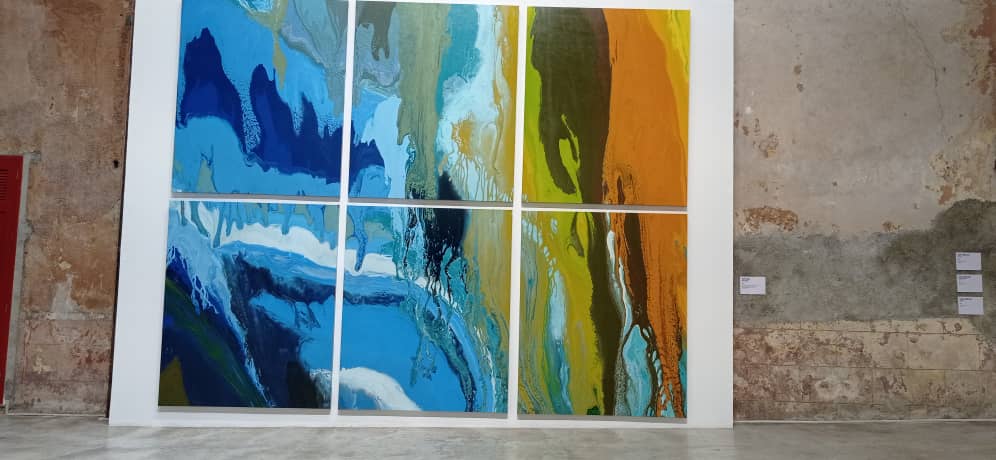
This historic coincidence reaffirmed the space’s role as a catalyst for dialogue through contemporary art and underscored the importance of maintaining a lasting presence in Cuba to continue promoting intercultural understanding and exchange.
During the 12th Havana Biennial in 2015, the gallery presented Perímetro, an exhibition by French artist Daniel Buren. Later that year, it formalized its permanent presence under the name Arte Continua Habana. The first exhibition, Anclados en el territorio, opened on November 27, 2015, featuring six Cuban artists who responded to the site’s layered history—its architecture, former role as a cinema, location, and broader Cuban context—through newly commissioned works and artistic research.
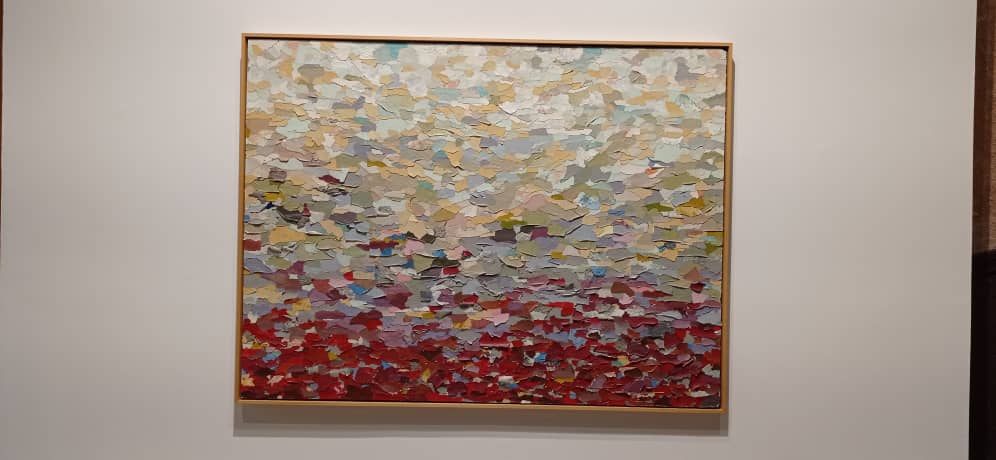
Over the past decade, the gallery has played a crucial role in promoting Cuban artists internationally and in introducing foreign artists to the Caribbean nation. Notable exhibitions have included works by British sculptor Anish Kapoor, Michelangelo Pistoletto at the National Museum of Fine Arts of Cuba, and Greek artist Jannis Kounellis at the Wifredo Lam Center for Contemporary Art.
Since then, Arte Continua Habana has hosted a wide range of important exhibitions that have fostered a shared vision between Cuban and international artists such as Chen Zhen, Hans Op de Beeck, Zhanna Kadyrova, Jorge Macchi, Pascale Marthine Tayou, and Julio Le Parc. These have taken place alongside a vibrant community of Cuban artists, whom the gallery continues to support and celebrate with pride.
Speaking about this dynamic cultural hub in Havana, the gallery’s founders affirm:
«The ideal that guides our gallery is that art, like the wind, should never be constrained by borders.»
Translated by Luis E. Amador Dominguez
